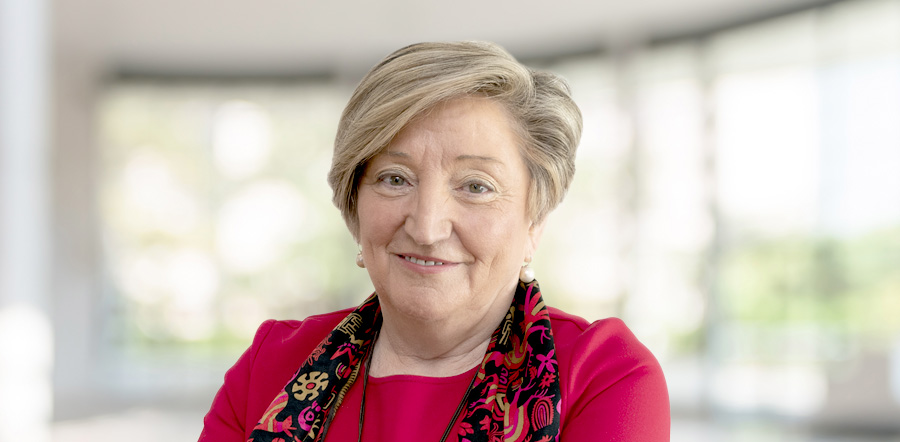Ana Lluch Hernández is a contemporary of María Blasco Marhuenda, director of the Carlos III National Cancer Research Center specialized in the study of telomeres. Also, Anna Veiga Lluch, specialist in stem cells; as well as Margarita del Val, specialist in virology.
Throughout history, the field of Biology and Natural Sciences has been plagued by women researchers, such as Hildegard of Bingen (1098-1179), who was one of the most versatile and influential women of the Middle Ages in 12th century Western Europe. Mystic, abbess, theologian, writer of an extensive epistolary and religious texts and of scientific books on plants and minerals and their healing powers, as well as on the functioning of the human body. The naturalist Maria Sybilla Merian (1647-1717); the anatomy professor Anna Morandi Manzolini (1716-1774); Laura Bassi (1711-1778) who promoted the constitution of a network of experimenters that connected Italy with the scientific culture of France and England; or Eunice Foote (1819-1888), who from her kitchen was able to identify the greenhouse effect and work on global warming.
They are women of her generation such as Jane Morris Goodall, known for her 55-year study of the social and family interactions of wild chimpanzees in Gombe Stream National Park in Tanzania, Rita Colwell, a researcher in oceanography and bacteriology.
Tu Youyou and Josefina Castellví i Piulachs also belong to her generation. The first of them is a Chinese scientist, known for discovering artemisinin (also known as dihydroartemisinin), used to treat malaria that in 2015 won the Nobel Prize in physiology and medicine.Finally, Josefina Castellví, was an oceanographer.She was the first Spaniard to participate in an international expedition to Antarctica in 1984.
